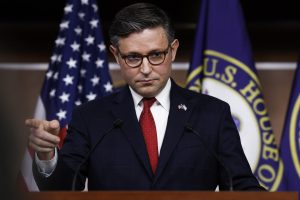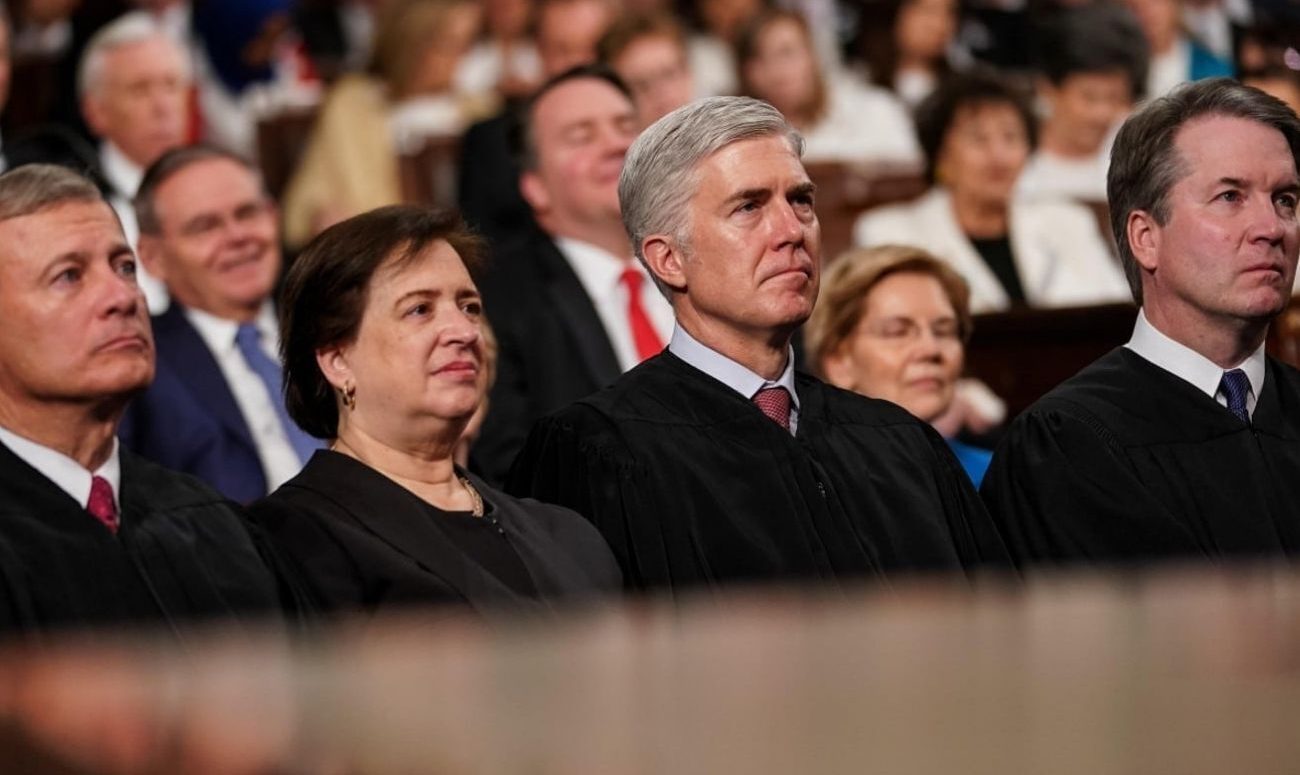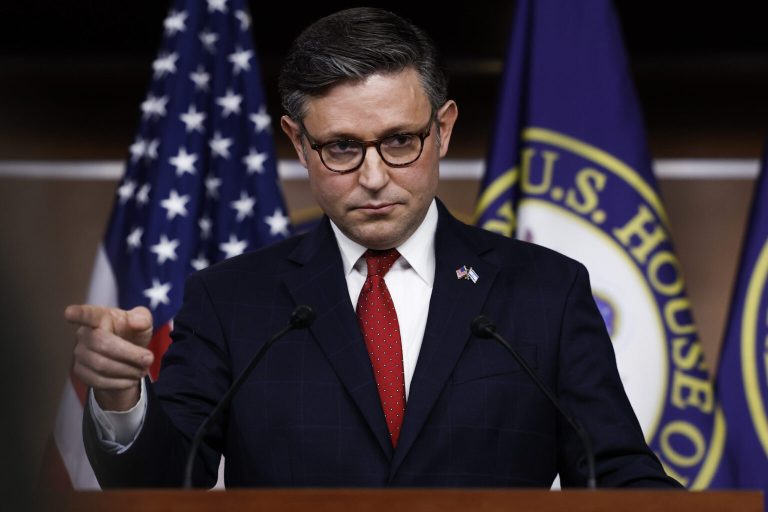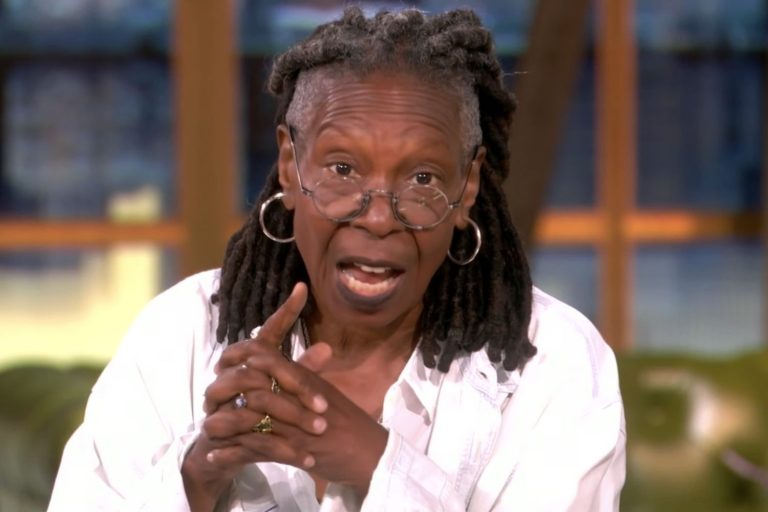The U.S. Supreme Court delivered a significant ruling this week that affects how veterans’ disability benefits are reviewed — while also signaling potential changes to how courts interpret the Voting Rights Act in future redistricting cases.
In a 7–2 decision, the justices ruled that the U.S. Court of Appeals for Veterans Claims does not have to re-evaluate all the evidence when reviewing denials of disability benefits by the Department of Veterans Affairs (VA). Instead, the Veterans Court can only overturn a decision if it finds a “clear and unmistakable error.”
The ruling, though technical, carries deep implications for millions of veterans seeking disability compensation.
Veterans’ Disability Case: Thornton and Bufkin
The case was brought by two veterans — Norman Thornton and Joshua Bufkin — who challenged how the VA and the Veterans Court handle disputes over disability benefits.
Thornton, a Gulf War veteran, argued that his PTSD rating was too low given his service-related trauma. Bufkin, meanwhile, said that conflicting medical opinions about his mental health led the VA to deny him benefits altogether.
Their lawyers urged the Court to expand the Veterans Court’s review power, arguing that the current “clear error” standard unfairly favors the VA. They contended that when Congress created the Veterans Court in 1988 — and reaffirmed its mission in 2002 — lawmakers intended for the court to take a more active role in protecting veterans.
Veterans’ advocacy groups backed the challenge, saying that the VA system often errs on the side of denial and that the Court should have greater latitude to reassess evidence.
The federal government, however, argued that the Veterans Court was never meant to second-guess every factual finding, but simply to ensure that decisions were not clearly mistaken or procedurally unfair.
The Supreme Court ultimately sided with the government, holding that the “clear error” standard remains the appropriate threshold.
Justice Clarence Thomas, writing for the majority, said that requiring the Veterans Court to re-evaluate every disputed fact “would turn the court into a trial body,” undermining Congress’s intent to create a specialized appellate process.
Dissenting Justices: Jackson and Gorsuch
Justices Ketanji Brown Jackson and Neil Gorsuch dissented, saying the decision entrenches an already imbalanced system.
They argued that veterans — whom Congress intended to be given the “benefit of the doubt” in disability claims — would now face even greater obstacles.
“The majority’s decision ensures that the Veterans Court continues to defer to the VA, despite Congress’s effort to protect veterans from administrative overreach,” Jackson wrote.
Veterans’ groups expressed disappointment with the ruling, warning that it could discourage appeals and weaken accountability within the VA system.
The VA’s supporters, meanwhile, said the decision maintains consistency and prevents courts from being overwhelmed by repetitive reviews.
In Bufkin’s case, the Court agreed with the VA that one doctor’s findings were more credible than another’s. Bufkin had testified that he suffered trauma after being pressured to leave the military when his wife threatened self-harm. The VA concluded that while his distress was real, it was not sufficient to qualify as service-related PTSD under agency guidelines.
For Thornton, the VA determined that the evidence did not justify a higher disability rating. The government’s lawyers said the ruling was supported by multiple medical assessments, calling his appeal “far from a close case.”
Broader Implications for Veterans
The ruling reaffirms the limited scope of judicial review in veterans’ disability cases, which are often marked by lengthy wait times and complex administrative hurdles.
Advocates say the decision underscores the importance of legislative reform, as courts remain hesitant to expand their oversight authority.
The Veterans Court, established in 1988, handles roughly 20,000 cases annually. Most appeals stem from denials of compensation for physical or psychological conditions linked to military service.
Critics argue that because the court can only overturn VA decisions in cases of “clear error,” many veterans are forced to navigate a slow and restrictive process, often without legal representation.
Voting Rights Case: A Parallel Debate in the Same Court
While the veterans’ ruling dominated headlines early in the week, attention quickly shifted to another case — Louisiana v. Callais — which could reshape how Section 2 of the Voting Rights Act is enforced nationwide.
During re-arguments Wednesday, the justices appeared open to tightening the legal test for proving racial vote dilution, a move that could significantly impact redistricting disputes in the South and beyond.
The dispute centers on Louisiana’s 2022 congressional map, which a lower court found likely violated Section 2 by concentrating Black voters, who make up roughly one-third of the state’s population, into just one of six districts.
After lawmakers redrew the map in 2024 to create a second majority-Black district, a group of white voters sued, calling the fix an unconstitutional racial gerrymander. A district judge sided with them, prompting appeals to the Supreme Court.
Now, with the case back before the justices, the conservative majority appeared reluctant to strike down Section 2 entirely but interested in limiting how it can be used.
Potential New Framework
The Court considered arguments from Principal Deputy Solicitor General Hashim Mooppan, who represented the Trump Justice Department in earlier stages of the dispute. Mooppan argued that states should be able to justify election maps on partisan grounds — even when those decisions overlap with racial demographics — as long as the intent isn’t explicitly racial.
That position builds on the 2019 ruling in Rucho v. Common Cause, which held that federal courts cannot police partisan gerrymandering.
Under this approach, states could claim that district boundaries were designed to benefit Republicans or Democrats — not to suppress minority voters — effectively narrowing the scope of Section 2 claims.
Chief Justice John Roberts, who authored the Allen v. Milligan decision in 2023 that required Alabama to add a second Black-majority district, questioned how such a framework would interact with existing precedent, including the long-standing Thornburg v. Gingles test.
That test requires plaintiffs to prove that:
-
Minority voters are sufficiently large and geographically compact to form a majority district,
-
They vote cohesively, and
-
Majority bloc voting usually defeats their preferred candidates.
Several justices suggested that allowing partisan motives as a defense could blur the line between race and politics — a distinction that has become increasingly complex in modern elections.
National Consequences
If the Court narrows the interpretation of Section 2, states could gain more flexibility in redistricting — but minority groups might find it harder to prove racial discrimination.
Civil rights organizations warn that such a shift could undermine protections established during the civil rights era, while supporters of reform argue that it would reduce judicial overreach and respect state sovereignty in election matters.
A ruling in Louisiana v. Callais is expected later this term and could redefine the balance between race, partisanship, and voting rights for decades to come.

Emily Johnson is a critically acclaimed essayist and novelist known for her thought-provoking works centered on feminism, women’s rights, and modern relationships. Born and raised in Portland, Oregon, Emily grew up with a deep love of books, often spending her afternoons at her local library. She went on to study literature and gender studies at UCLA, where she became deeply involved in activism and began publishing essays in campus journals. Her debut essay collection, Voices Unbound, struck a chord with readers nationwide for its fearless exploration of gender dynamics, identity, and the challenges faced by women in contemporary society. Emily later transitioned into fiction, writing novels that balance compelling storytelling with social commentary. Her protagonists are often strong, multidimensional women navigating love, ambition, and the struggles of everyday life, making her a favorite among readers who crave authentic, relatable narratives. Critics praise her ability to merge personal intimacy with universal themes. Off the page, Emily is an advocate for women in publishing, leading workshops that encourage young female writers to embrace their voices. She lives in Seattle with her partner and two rescue cats, where she continues to write, teach, and inspire a new generation of storytellers.









